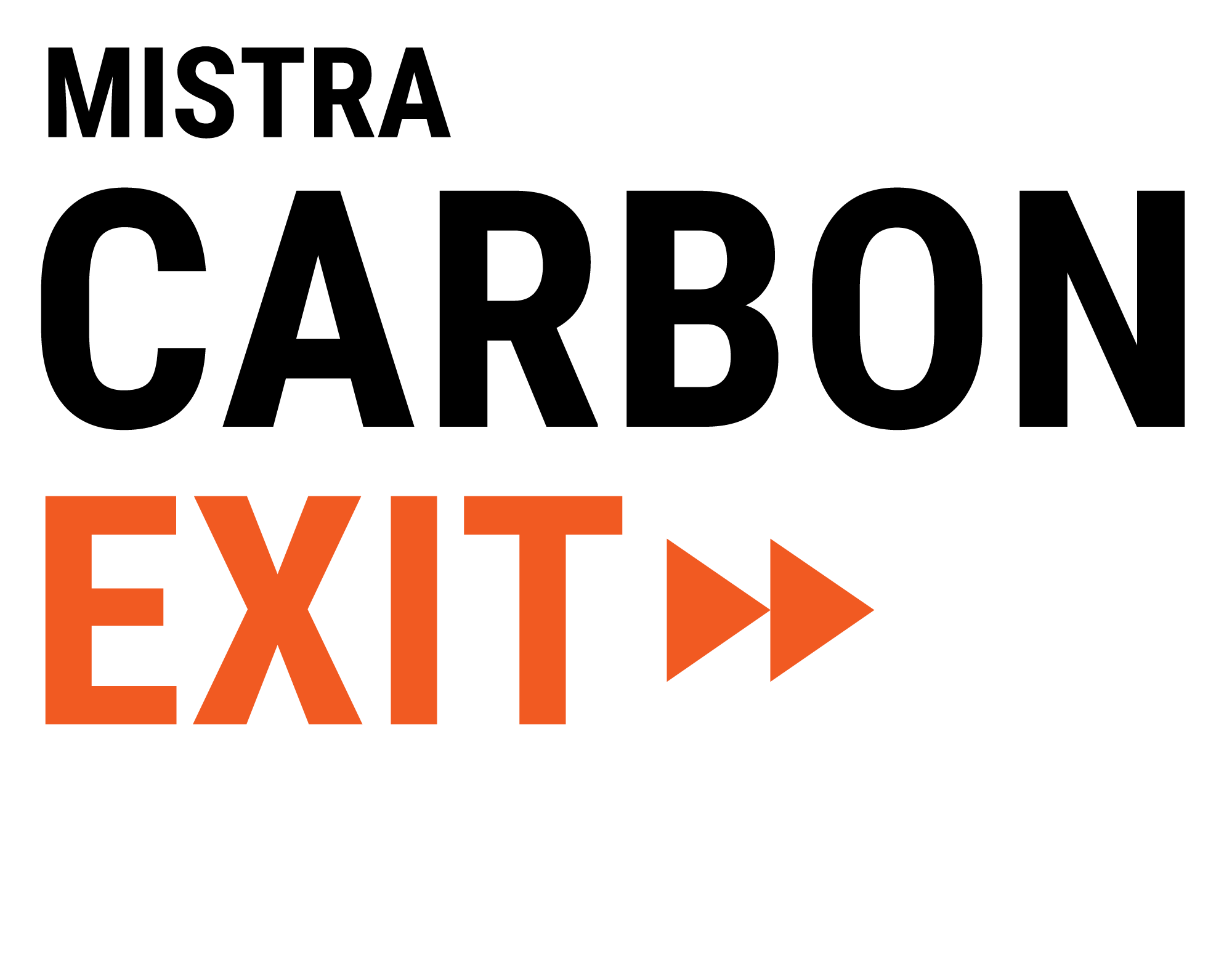Webinar on application of machine learning methods on building stock modeling
It is well known that buildings construction is a major source of CO2 emissions, but the statistical data describing building stocks is often incomplete. This makes it difficult to estimate how to reduce its associated CO2 emissions. The use of machine learning is an emerging method for dealing with issues related to missing data.
Aaron Qiyu Liu, PhD student in Mistra Carbon Exit.
PhD student Aaron Qiyu Liu presented his work titled Machine learning-based building inventory modeling - A case study of Swedish residential buildings at the Mistra Carbon Exit webinar on the 25th of May 2023. An overview of machine-learning methods and their application to building stock modeling was presented.
Research on the potential for reducing embodied emissions from buildings has primarily relied on aggregated statistical data with a limited spatial resolution. In addition to providing a better understanding of the building's material composition, a high-spatial-resolution building stock model can capture the dynamics of renovation and maintenance. This enables the investigation of a wider range of questions.
Lack of data
Swedish Lantmäteriet (the Swedish Land Survey) provides data describing the Swedish building stock, but the data set is incomplete for several attributes. As part of this project work in Mistra Carbon Exit machine-learning based regression using the XG Boost package has been used to predict the missing values for Swedish residential buildings using a combination of geographic and statistical data. The results show that building floor space can be predicted to a high accuracy despite the absence of 3D data such as building height. The R2 values for the models predicting floor space of detached houses and apartments are 0.73 and 0.92, respectively.
Application and future work
The main result of this work is a disaggregated and georeferenced building stock inventory for Swedish residential buildings. This will be used the basis to conduct a Material stock and flow analysis (MFSA) to estimate embodied emissions of Swedish residential buildings. Scenario-based analysis will also be carried out to simulate potential embodied emissions mitigation pathways.
This study by Aaron Qiyu Liu, Maud Lanau, Johan Rootzén and Filip Johnson is currently being prepared for submission to an academic journal.


